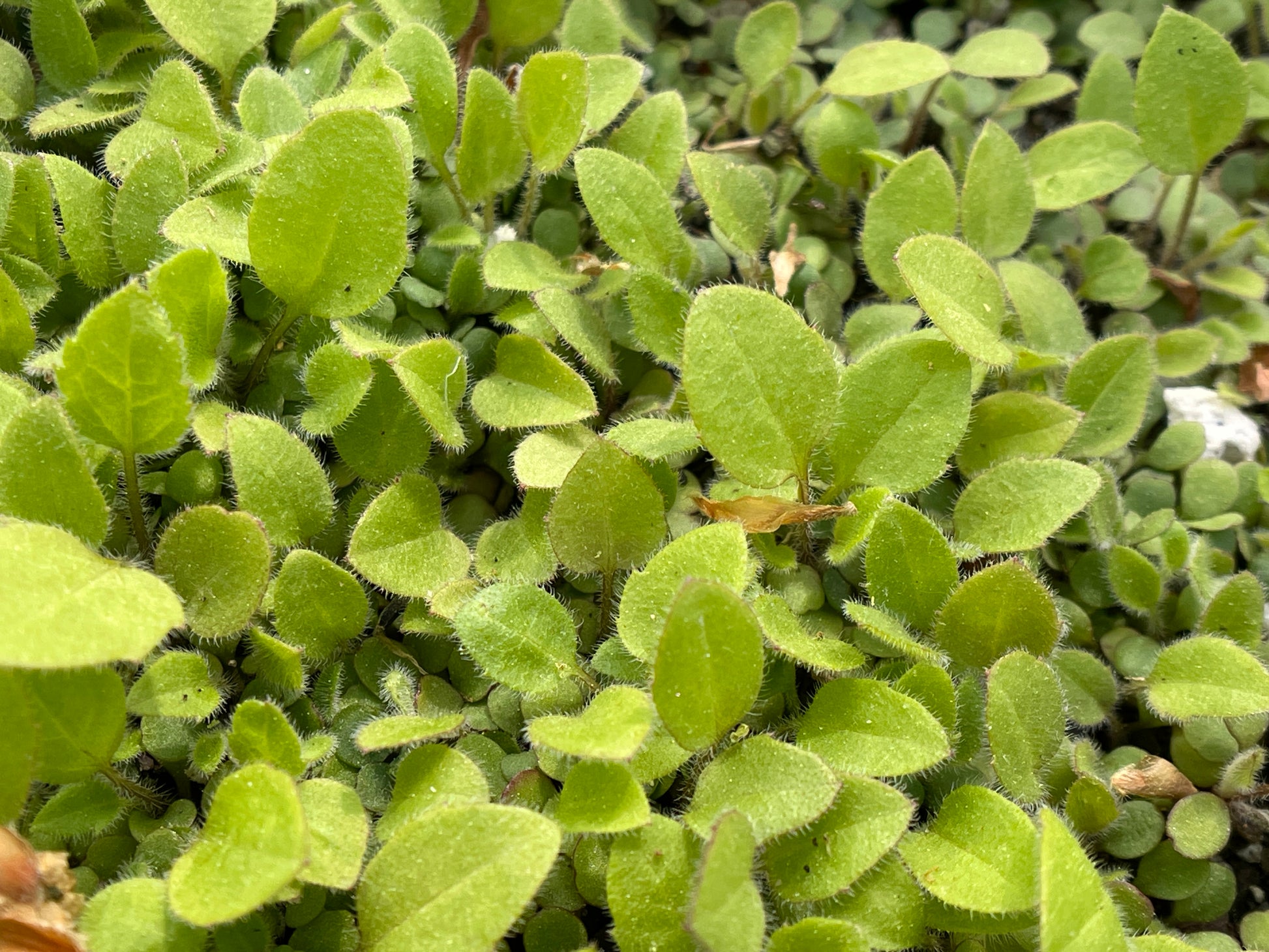Coneflowers — Three-lobed coneflower (Rudbeckia triloba) Seeds
Coneflowers — Three-lobed coneflower (Rudbeckia triloba) Seeds
In stock
Couldn't load pickup availability
Fall-blooming, bright yellow small coneflowers brighten up gardens and shady edges with tall stems and delicate foliage. Butterflies are attracted to the nectar and birds to the seeds. Foliage can be cut back in mid-summer to reduce height. Cut flower.
Each seed package carries a specific germination code along with the plant description. These codes indicate specific sowing instructions.
- A Seeds can be sown outdoors in early spring.
- B Seeds need a winter or cold period to germinate. Sow outdoors in fall or winter.
- C Seeds need light to germinate; sow on soil surface and leave uncovered.
- D Seeds need alternating cycles of warm-to-cold-to-warm to germinate. They can be sown either outdoors in spring or summer and will germinate the following year or in a flat in a warm place for 3 months, then moved to a refrigerator for 2 months, then moved outside in the early summer warmth.
- E Seeds can not be allowed to dry out. Sow immediately.
- F Seeds take two years to germinate. Sow outside in the fall or winter and look for germination in the second spring. A shady location prevents the flats from rapid drying and reduces weeding
- G Large seeds should be soaked overnight in water.
If you have specific questions about seeds and germination guidelines please contact us at info@wildseedproject.net.
Native to Maine: No. Native to the Midwest.
Growing conditions: Sun to part shade in medium soil
Grows up to: 2-5'
Blooms: In early fall
Pairs well with: Blue vervain, New England aster, swamp milkweed, tall American bellflower, Virginia mountain-mint, and wild bee-balm
Natural habitat: Meadows, roadsides, shady edges, and waste areas
Seeds per packet: 50-100
These seeds do not need a winter or cold period to germinate. Sow outdoors in pots November through April. A great species for beginner seed-sowers.


More from Wild Seed Project
-
Leave the Leaves Yard Sign
Regular price $ 28.00 USDRegular priceUnit price / per -
Gardening for Biodiversity: Native Plants for the Northeast
Regular price $ 22.00 USDRegular priceUnit price / per -
Classic Logo Hat in Moss
Regular price $ 30.00 USDRegular priceUnit price / per -
Native Seeds of the Northeast Youth T-Shirt - Eggplant
Regular price $ 24.00 USDRegular priceUnit price / per





